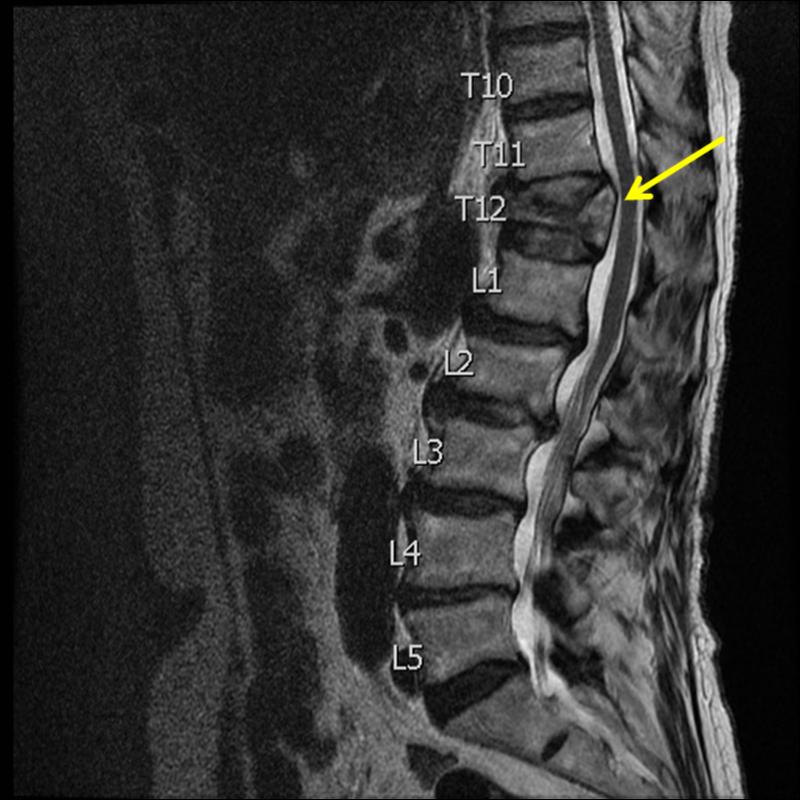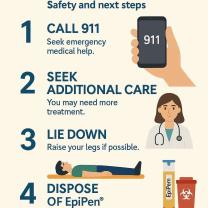What does compression deformity mean?
Compression deformity in the context of spinal conditions refers to a structural change in the vertebral body of the spine, often resulting in a reduction in its height. This deformity is characterized by the compression or collapse of one or more vertebral bodies. There are various conditions that can lead to compression deformities in the spine, and they may occur in different regions of the spinal column.
Key points about compression deformity include:
Vertebral Compression Fracture: One common cause of compression deformity is a vertebral compression fracture. This typically occurs when one or more vertebral bones in the spine collapse or compress due to trauma, osteoporosis, or other underlying conditions.
Osteoporosis: Compression deformities are frequently associated with osteoporosis, a condition characterized by weakened bones. In individuals with osteoporosis, the vertebral bones may become more susceptible to fractures, leading to compression deformities.
Degenerative Disc Disease: Over time, the intervertebral discs in the spine can degenerate, leading to changes in the vertebral bodies and potential compression deformities.
Tumors: Spinal tumors, whether benign or malignant, can exert pressure on the vertebral bodies, causing compression deformities. Tumors may originate within the spine or metastasize from other parts of the body.
Infections: In rare cases, spinal infections can affect the vertebral bodies, leading to deformities. Infections may compromise the structural integrity of the spine.
Symptoms associated with compression deformities may include back pain, loss of height, changes in posture, and neurological symptoms if the deformity impinges on the spinal cord or nerve roots.
Diagnosis typically involves imaging studies such as X-rays, CT scans, or MRI scans to visualize the spine and assess the extent of the compression deformity. Treatment options depend on the underlying cause and may include pain management, physical therapy, bracing, and, in some cases, surgical intervention to stabilize the spine.
It's important for individuals experiencing back pain or changes in spinal alignment to seek medical evaluation for an accurate diagnosis and appropriate management based on the specific cause of the compression deformity.
Understanding Compression Deformity:
1. Signifying Meaning:
A "compression deformity" refers to a structural abnormality where a bone collapses or compresses, leading to a loss of height and altered shape. This term is frequently used in relation to the spine, where vertebrae can experience compression due to various factors.
2. Diagnosis and Assessment:
Diagnosing and assessing a compression deformity involves:
- Medical history: Gathering information about pain, symptoms, potential accidents, or existing medical conditions.
- Physical examination: Palpating the affected area and assessing posture, range of motion, and any visible deformity.
- Imaging tests: X-rays, CT scans, or MRIs are crucial for visualizing the extent of the compression, fractures, and alignment of the spine.
- Neurological examinations: May be necessary to assess nerve function if there's concern about spinal cord compression.
3. Symptomatic Variation:
Compression deformities in the spine can be:
- Symptomatic: Causing pain, stiffness, weakness, numbness, or even neurological deficits depending on the severity and location.
- Asymptomatic: Some mild deformities may remain undiscovered for years with minimal or no symptoms.
4. Contributing Conditions:
Several conditions can lead to compression deformity of the spine, including:
- Osteoporosis: Weakened bones can fracture and collapse under normal pressure.
- Trauma: Fractures due to accidents, falls, or injuries can lead to compression.
- Degenerative disc disease: Worn-out discs lose their cushioning ability, increasing pressure on vertebrae.
- Kyphosis (hunchback): Excessive curvature of the upper spine can cause vertebrae to compress over time.
- Spinal tumors: Tumors in the spine can directly compress or weaken the bones.
5. Preventative Measures:
Preventing compression deformities involves:
- Maintaining bone health: Adequate calcium intake, vitamin D, weight-bearing exercises, and osteoporosis management are crucial.
- Safe lifting practices: Avoiding heavy lifting or using proper techniques to minimize strain on the spine.
- Maintaining good posture: Proper posture reduces strain on the spine and prevents imbalances.
- Early intervention for underlying conditions: Addressing osteoporosis, disc disease, or other risk factors early can help prevent progression and complications.
Remember, early diagnosis and treatment of compression deformities are crucial for preventing further damage, managing pain, and ensuring optimal functioning. Consult a healthcare professional if you experience any back pain, stiffness, or changes in posture.











